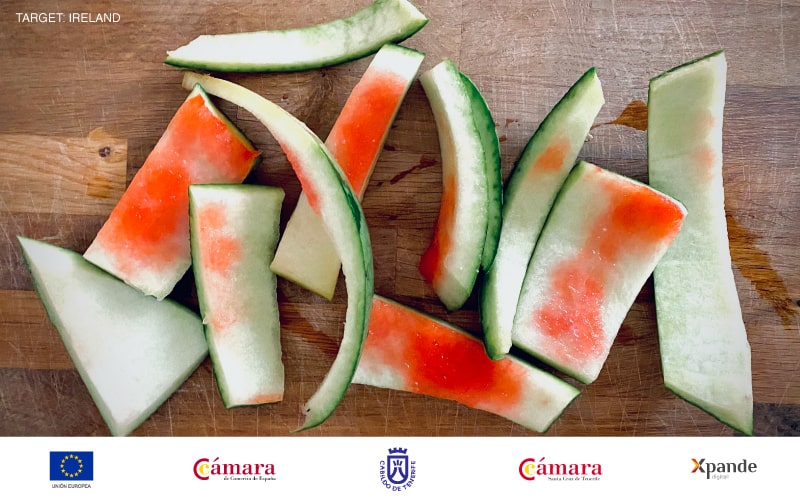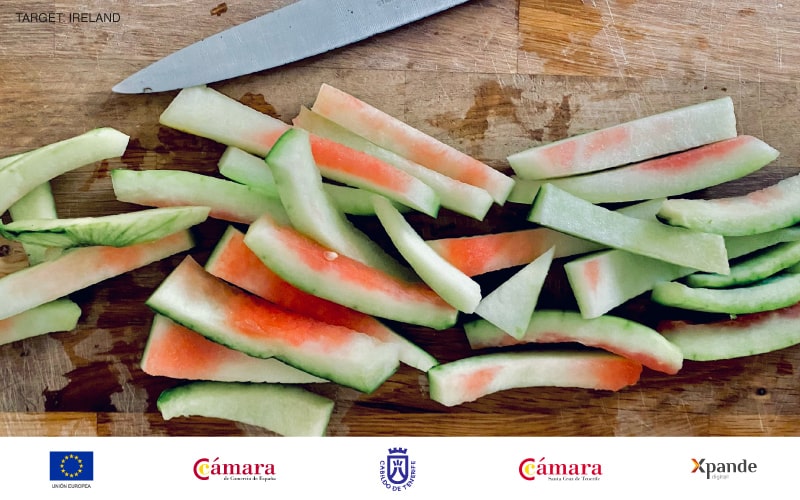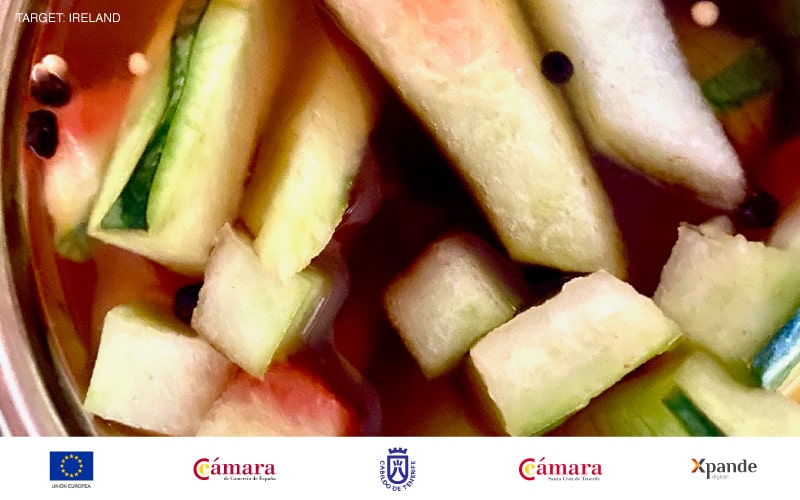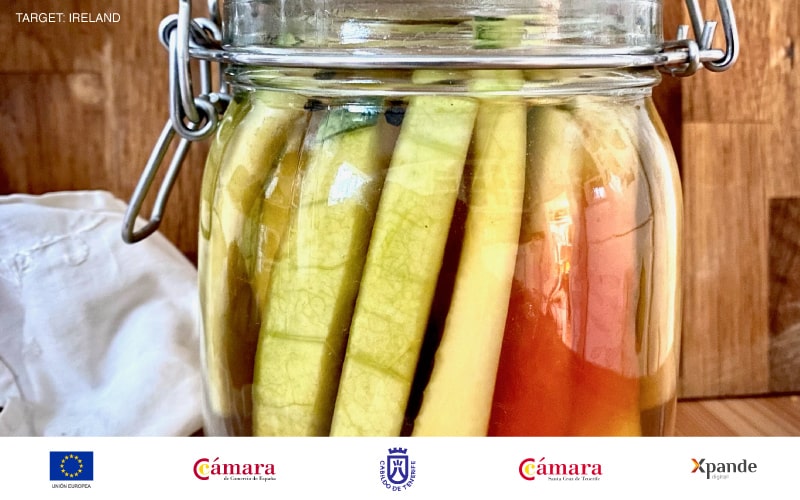Did you know you can make pickles from watermelon rinds? Watermelon and cucumber belong to the same plant family, the cucurbitaceous, and thus share similar attributes. Nevertheless and unlike cucumber, we don’t find canned watermelon pickles at the supermarket, let alone eat the scraps (even if they are completely edible and far more nutritious than the flesh, which is 95% water).
Now that summer is upon us and watermelon season is here, you cannot miss this recipe in which we will show you how to make the most of this fruit by transforming it into a flavorful and versatile condiment.
INGREDIENTS
500g of watermelon rinds
1 cup of water
1 cup of apple cider or white vinegar
4 tablespoons of sugar
1 tablespoon of salt
1 tablespoon of yellow mustard seeds
OPCIONAL: garlic cloves, cilantro (coriander), black peppercorns, red onion…
How to make watermelon rind pickle:
1. Wash the scraps thoroughly (avoid using bitten parts as there would be risk of contamination) and cut them into segments. In case the green part is too thick, and even if it is 100% edible, we recommend to remove it with a peeler as it has a slight bitter taste.

2. Stuff a clean jar with the rinds, making sure there is no space left between the pieces. If you’d like to put in garlic, cilantro or red onion, you can add them to the jar.

3. In a saucepan, combine vinegar, water, sugar and salt and bring it to a boil until they completely dissolve. Add the mustard seeds (and/or black peppercorns) and boil for an extra 2 minutes.

4. Pour the liquid into the jar until the rinds are completely covered. If there is not enough liquid, you can add more water.

5. Close the jars completely, put it upside down and let it sit at least 24 hours before eating it. The pickle will continue to develop flavor over time. Save it in the fridge and enjoy it for up to two weeks.

Benefits of Making Watermelon Rind Pickle
1. Reduces Food Waste:
The rind represents the majority of a watermelon weight. This recipe allows you to utilize a part of the fruit that is often discarded, reducing your overall food waste and making the most of the entire fruit.
2. Reduce Environmental Impact:
By repurposing watermelon rinds into pickles, you contribute to reducing the amount of organic waste that ends up in landfills. This, in turn, helps to minimize greenhouse gas emissions. It also helps to compensate for the production costs as the plant has invested most of its energy and resources to precisely build the rind that protects the seeds.
3. Source of nutrients:
Most of the watermelon’s minerals and vitamins are concentrated in the part of the fruit that we normally discard, as the pulp is made of mostly water and sugar. This recipe will help you to incorporate those nutrients and diversify your diet.
4.Offers Versatility when cooking:
Watermelon rind pickle offers a range of uses and can be enjoyed in various ways. It serves as a tangy, slightly sweet-and-sour, flavorful condiment, perfect for sandwiches, salads, charcuterie boards, or as a side dish to enhance the taste of your favorite meals.
In conclusion, this recipe will not only help you to tackle the food waste issue by repurposing food scraps, but also it will help you benefit from all the nutritional value of the watermelon while adding a flavor kick in all your dishes.
What are you waiting for to try this zero waste recipe?